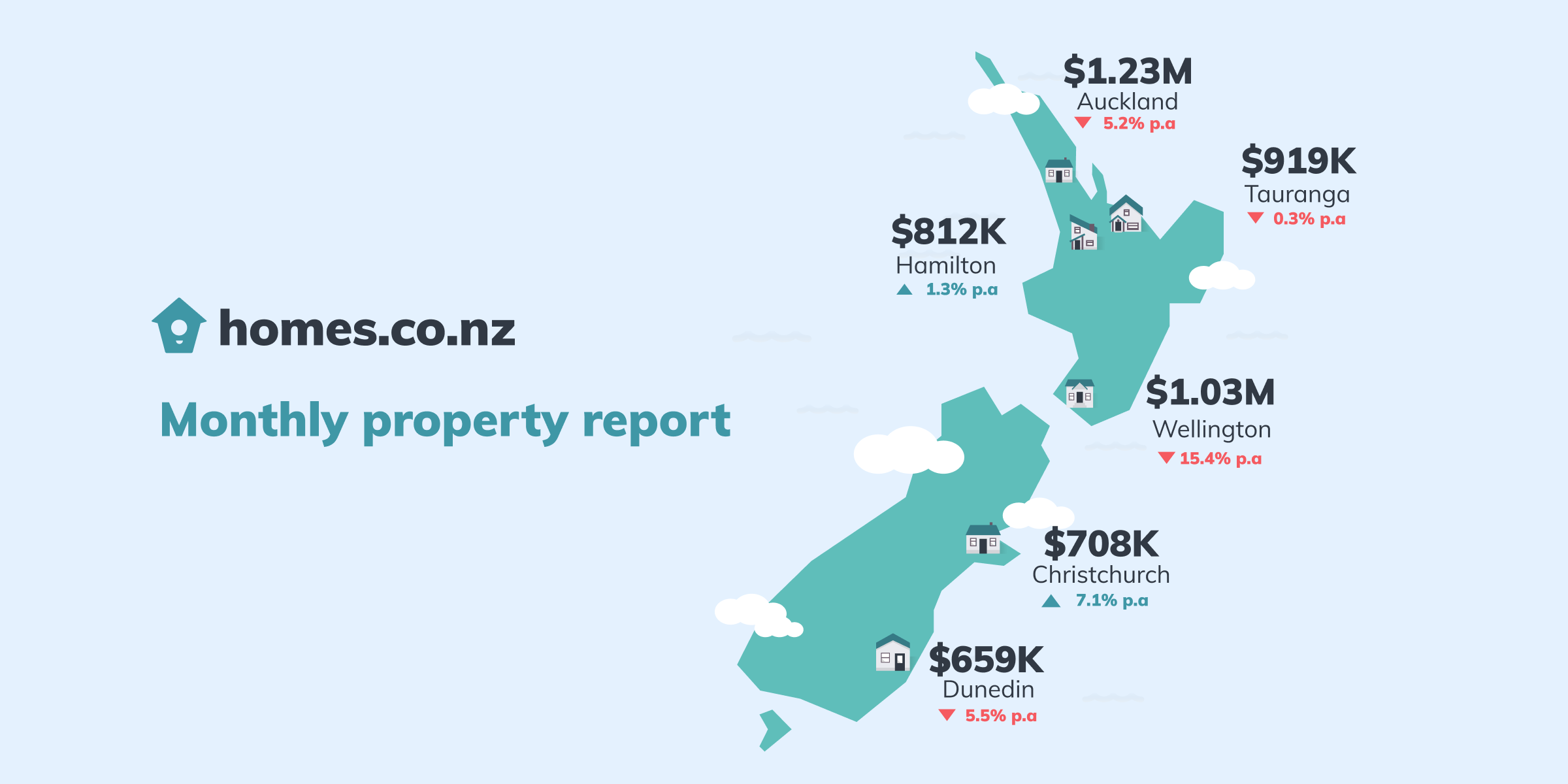There’s anecdotal evidence of a sea change when it comes to young people and real estate. The 20-somethings I’m meeting in Auckland do not want a mortgage for life, nor a huge home with rooms they don’t need, nor do many want the hassle of big gardens eating into their free time.
While an apartment might be a good solution for some; not everyone wants to live in the city where most apartments are. Body corporates fees and shared responsibility for the building also worry some younger people.
The younger generation of home-buyers is living differently from their parents. A laptop or tablet is replacing the TV in the corner of the room, big HiFi systems are out, smartphones streaming music to a set of Bluetooth speakers are in, and plethora take-ways and food delivery options mean even a large fridge isn’t needed. Many buy as they need, and eat as they go.
Parks and beaches provide plentiful open spaces. Land-eating double garages? They are out in place of E-scooters, cycles, walking and public transport. Even cars are getting smaller.
This change in attitude, that bigger isn’t better, has spawned the growth of ‘tiny homes’. And there are no rules with everything from shipping containers to custom-made transportable homes on the list. Tiny homes, providing little more space than is needed, are growing in popularity due to a generation not wanting to be like their parents – mortgaged up to the eyeballs with travel, cars and retirement savings coming a distant second to loan repayments.
For those with access to a small plot of land, Keith Hay Homes are among the firms able to supply a small home at a tiny price. For example, its two-bedroom home is $150,000. A four-bed, two-bathroom home is $250,000. These are supplied with a kitchen, bathroom, floor coverings and interior decorating all completed. The company can deliver and lay the foundations for the home from $15,000. Charges can increase depending on the site (soil type and steepness etc), its location, accessibility, and other variables their surveyor identifies.
On top of this are fees to hook up to services such as waste, drinking water and power. These, says Barry Walker, the firm’s National Sales & Marketing Manager, range from $30,000 to $40,000 for an urban site and between $40,000 and $60,000 for rural. All up that’s $225,000 for a 2-bed home on a rural site; plus the cost of land and landscaping. Barry says: “If young people’s parents or relatives want to help their children into their first home, the best way is to use their backyard for a portable home. It avoids the need to buy a piece of land.”
Obtaining a home loan to fund the construction of a tiny home has hit roadblocks with some banks refusing to lend on a building that isn’t constructed on-site. “It is a frustrating item for first-time homebuyers looking to get their foot on the property ladder,” says Barry. “With standard construction methods homes are built on a customer’s site, and the customer has to pay the builder progress payments, at each stage of the build. “The banks frequently tell first home buyers they cannot fund transportable homes, but this is not quite correct.
“Yes, you can get funding for transportable homes. However, the banks cannot fund the progress payments while under construction in our yard (for low equity deals).” A spokesperson for ASB says the bank will consider these types of loans on a case-by-case basis. “For relocatable homes, kit-sets or pre-fabricated homes, there are additional requirements relating to if the build is onsite, and if the services are connected,” says the bank. Barry says: “We have been helping first home buyers into their own home for 80 years, and we structure the progress payment’s so that the bank says ‘yes’ to your mortgage.”
Steve Hart is a Freelance Writer and Editor based in Auckland.


